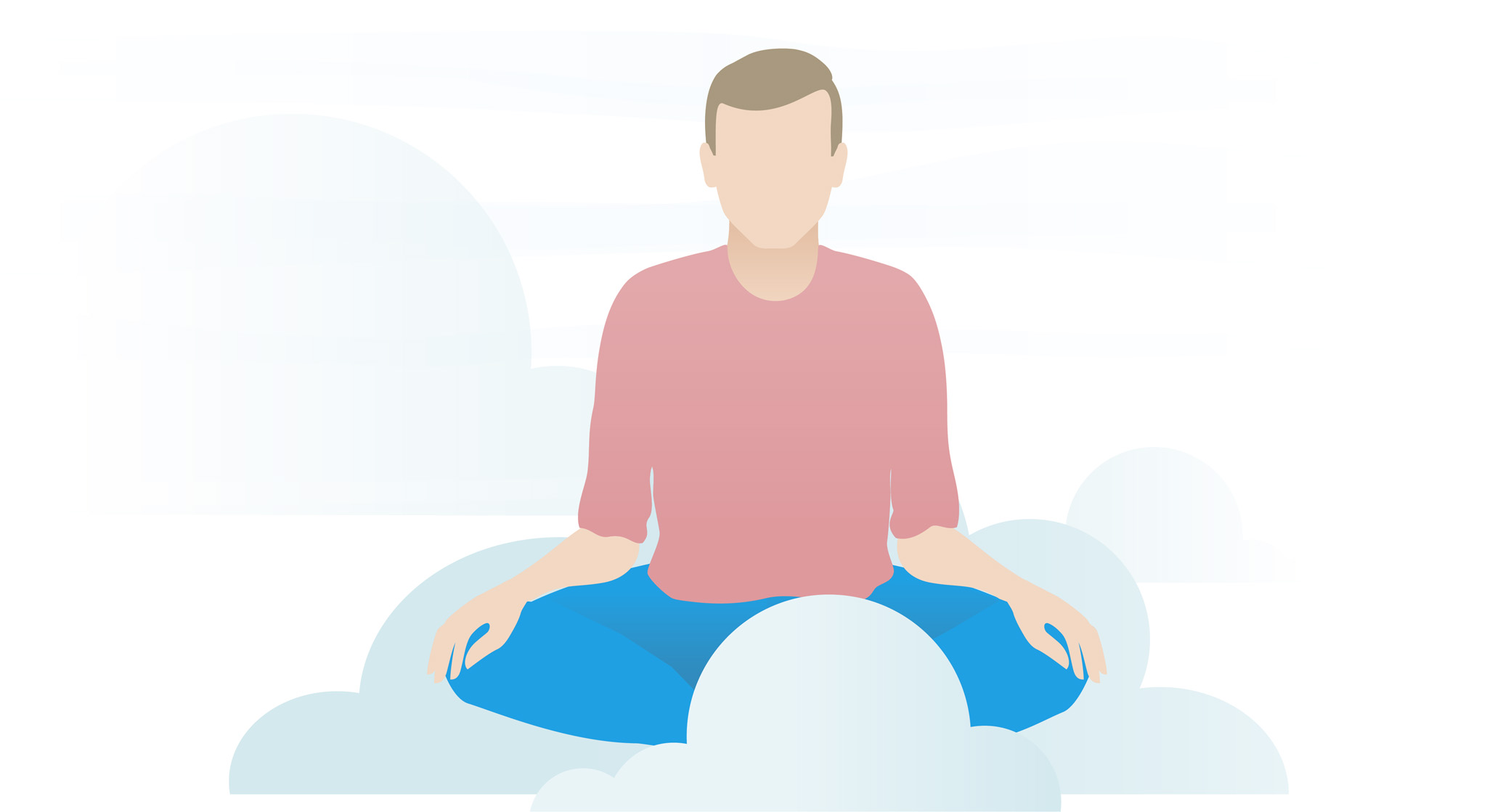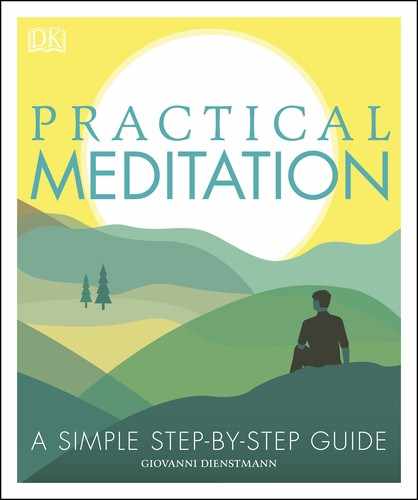ANXIETY AND MEDITATION
When relaxing makes you restless
Meditation can help manage anxiety, but what if relaxation itself is a source of anxiety? If you experience relaxation-induced anxiety, the steps shown here will help you start to tackle it, but it’s a good idea to consult a professional to have full support.
It helps to begin by understanding exactly what about relaxation is triggering anxiety for you. It is often a troublesome thought (see below) or a repressed emotion that, in the stillness and openness of meditation, starts to surface to the conscious mind. Whatever it is, recognize it fully and clearly.
ADJUSTING YOUR ATTITUDE
When you have clarity about what is causing your anxiety, you can start to consciously change your attitude toward relaxation. Next time you meditate, check in with your body, breath, and mind. Identify where in your body the anxiety is living: Is it a sense of nervousness in your legs? A vibration around your chest? A pressure inside your head? Identify the exact sensations and tensions associated with the anxiety. Consciously relax these sensations with every exhalation.
Carefully observe the pattern of your breathing and see how it is associated with your feelings of anxiety. Make sure your breath is abdominal, long, and slow (see here).
If you’re still struggling with an anxious thought, you can try practicing affirmations that counter them (see below). If that doesn’t help, simply know that relaxation and stillness might be uncomfortable at first. Accept the feeling of discomfort, any nervousness that arises, and the anxious thought patterns. Observe them as an uninvolved witness. Try to:
![]() Let these feelings and thoughts exist—allow them to come and go. Whatever they are, try not to be bothered by them. Just watch them.
Let these feelings and thoughts exist—allow them to come and go. Whatever they are, try not to be bothered by them. Just watch them.
![]() Avoid creating stories around these thoughts and feelings. There is no need to panic. Just keep watching, breathing, and letting go. The thoughts can’t hurt you.
Avoid creating stories around these thoughts and feelings. There is no need to panic. Just keep watching, breathing, and letting go. The thoughts can’t hurt you.
TRY SOMETHING DIFFERENT
Finally, if you’re still facing anxiety, try shortening your sessions. It may help to experiment with more dynamic techniques such as Kinhin, Yoga Asanas, Tai Chi, or Humming Bee Pranayama.

REFRAME YOUR THINKING
Relaxation anxiety often comes from an annoying thought, such as those shown below. If, after calming your body and breath, you are still bothered by an anxious thought, try practicing affirmations that are the opposite of that thought.
 |
 |
|
ANXIOUS THOUGHTS |
AFFIRMATIONS |
|
“I’m wasting my time.” |
 |
“Meditation is a great use of my time!” |
“My body is too quiet and my breath is too deep .... This is scary!” |
 |
“I relax and let go inside this stillness. It is peaceful, pleasant, nourishing, and reassuring.” |
“What are these weird sensations I’m having? Is this normal? Am I doing it right?” |
 |
“Whatever is happening, it’s okay. I am safe. I am the witness of all these sensations.” |
 |
 |
“If relaxing makes you restless, it may help to know you are not alone.”
